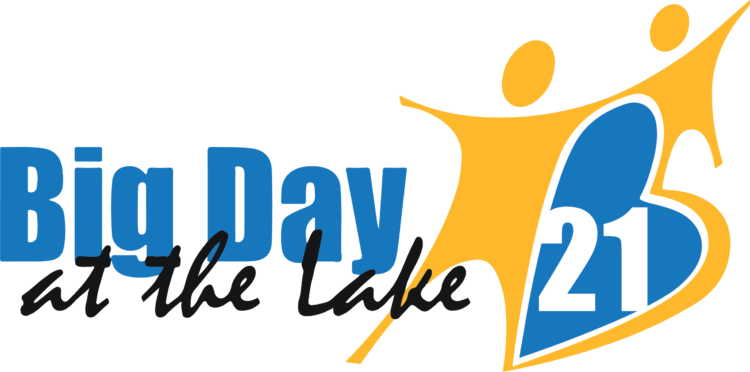
By Cheryl Kane. Business professionals need quality information—and creativity—to adapt to changing times. Quality information is necessary to accurately define problems creating a barrier to achieving your goals.
Creativity is critical for the innovation needed for strategic planning and executing tactical plans.
As times change, plans may need to change.
Today disrupted circumstances may startle you to the point of feeling you can’t use your customary way of evaluating problems, making decisions and adapting.
Part of this unsettled feeling could be the emotional toll of the unique impact on your business. Turbulent times can thwart vision clarity and free-flowing creativity.
We may feel we are looking at a blank page.
Maybe we are—until we stop and pull out skills we have but perhaps haven’t used in a while.
As children we are taught to read math story problems from the perspective of, a) what it told us, and b) what it did not tell us, which is exactly what we need to solve for.
We had to deduce what we did not yet know, from what we knew.
Empty space? Not quite
I’m told artists purposely use the space on a canvas around their subject, say a vase. The term for this area, negative space, may initially be considered “unused” but it serves a strategic purpose—drawing the viewer to the primary work of art.
Life is not as self-contained as a math story problem. Nor does it allow us the relaxing environment in which an artist might works. But we still need to find a way to function. If you can’t use your normal decision-making processes, perhaps a good place to start is by reordering your normal problem-solving processes. Try this out:
Face your blank canvas
Start by remembering your mission and values—they may be the best anchor you can use in a storm.
Now, this may seem dramatic. Use facts and consider: If the disruption you are facing is more than you wanted to initially admit, would/will that change your mission or values? If so, be brave enough to consider how that might change the rest of your decision-making process from here on.
Brainstorm what you do know
Document it—all of it. Some of it may not initially seem helpful, but if it is fact, document it so you don’t lose track of it. It may ultimately be helpful.
List out what you want to know
Date the version of the canvas each time you update it. Tomorrow’s world may look different from today. You’ll want the historical reference.
By documenting on one “canvas” all of the above, you may now be able to remove these things from your churning brain to a place where you can order your thoughts and won’t feel so flummoxed.
The order of information, and the negative space around the information, may bring you a sense of clearer thinking and a better sense of control—at least of your thoughts.
You may more calmly see what you know, and to be more creative as you make decisions about how to adapt.

CHERYL KANE
Cheryl Kane, is a strategic business consultant, sales trainer, & professional speaker specializing in strategic planning and service quality. Cheryl welcomes your communication at email: [email protected]

Discussion
No comments yet.